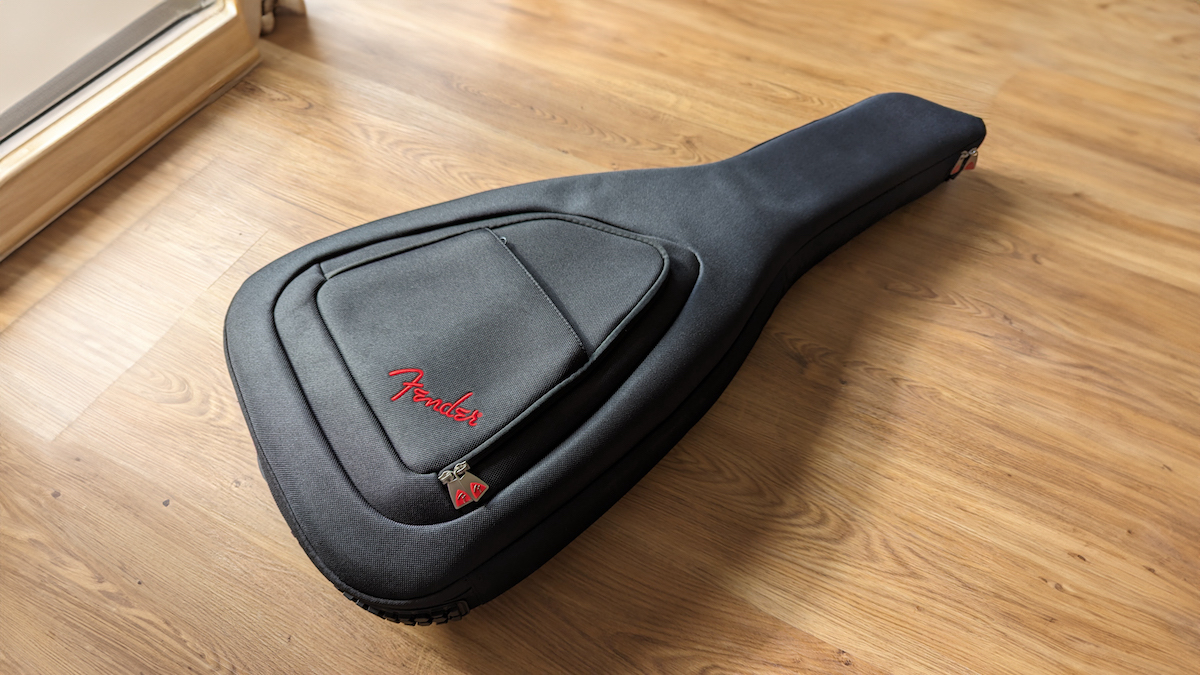Guitar World Verdict
While some parts of the FE1225 may be a little overengineered, there’s no questioning the rock-solid protection it affords your guitar, or the efforts Fender has gone to to create a nicely priced case that offers a premium feel for a reasonable price.
Pros
- +
Excellent padding
- +
Smart bumpers and protectors to keep your guitar secure
- +
Comfortable to carry
- +
Fits offset designs like a glove
- +
Adjustable neck rests
- +
Reasonable price
Cons
- -
Straps are positioned too low, making the guitar sit higher on your back
- -
Front pockets are a little undersized compared with the competition
- -
Nitro fans need to be careful with the end pin protector
- -
Heavier than a thinner gig bag – but that’s the price you pay for protection!
You can trust Guitar World
It’s likely most guitarists have come across a Fender gig bag of some kind over the years – usually one of the options included with a guitar purchase, whose quality can vary wildly.
But Fender has been quietly upgrading its accessory lineup over the past few years, which now includes just about everything from cables to straps, stands, strings and, of course, gig bags.
Fender’s current range of electric guitar gig bags starts with the lightweight FE405 ($39), working all the way up to the top-of-the-range FE1225, which clocks in at $139 (a bass version, the FB1225, is available for the same price).
The FE1225 is Fender’s answer to the semi-rigid gig bags popularized by the likes of Mono and Reunion Blues, so it’s pitched halfway between a bag and a hardshell case. That means its front and back offer minimum flex, providing more protection for your guitar, especially if it’s rattling around during transport. It makes for a bulkier gig bag than cheaper offerings, but the level of protection is among the best you’ll find on a bag in this price range.

We’re talking 25mm padding and a 1,200 denier polyester exterior – that’s pretty high, and indicates the bag’s thickness and durability, and ability to resist rips and tears. This marks the key point of difference between the FE1225 and more affordable FE620 ($79). Both cases look near-identical in online photos, but buying the cheaper option gets you a 600 denier polyester with 20mm padding. It’s a slightly more compact, more flexible option, but doesn’t net you the same protection as the top-of-the-line model.
What both bags have in common is Fender’s neat asymmetrical instrument shape, which means they can fit nearly all of its classic electric guitar models, including most Stratocaster, Telecaster, Jazzmaster and Starcaster designs. Certainly, I had no problem fitting a Jazzmaster inside, something some gig bags can struggle to accommodate due to its offset waist.
Fender has put a lot of thought into the key pressure points gig bags will encounter, fitting rugged exterior bumpers not just to the bottom of the case, but the headstock end, too. On my review model, there’s also a plastic insert at the bottom of the bag that serves to protect your guitar’s end pin, which is another sound consideration. However, Fender advises against storing nitrocellulose-finished vintage guitars inside the case for extended periods of time, in case the end pin protector damages the finish. (Since writing this review, the FE1225 has been updated to add an additional lining on top of the plastic insert to prevent these problems, but be aware that earlier versions of the case do not include this.)
Inside, the premium feel continues with a soft microfiber lining and two adjustable neck rests, which are attached via Velcro, so you can move them to fit your guitar’s neck and scale length.
Despite the extra bulk, the gig bag is incredibly comfortable to carry. The ergonomic handle is easy on the palm, while the shock-absorbing EVA padded backpack straps are quick to adjust and make longer transport-to-venue treks less of a chore. There’s even a zippered backpack strap pocket in case you don’t feel the need to use them on a day-to-day basis.
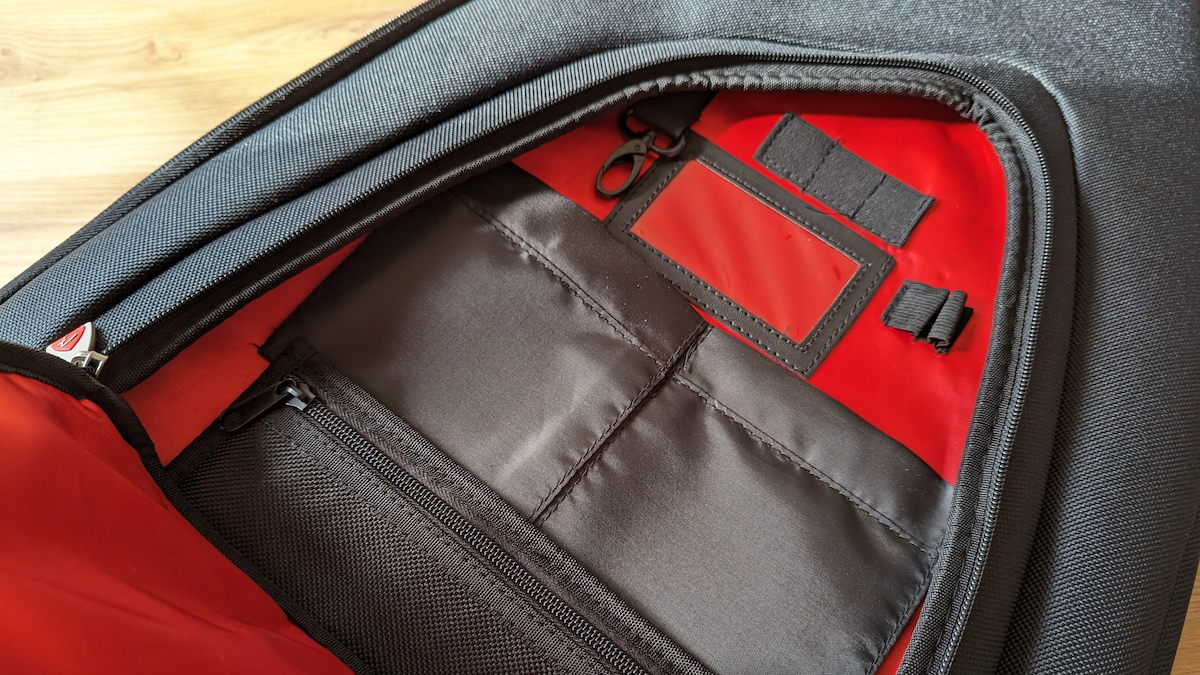
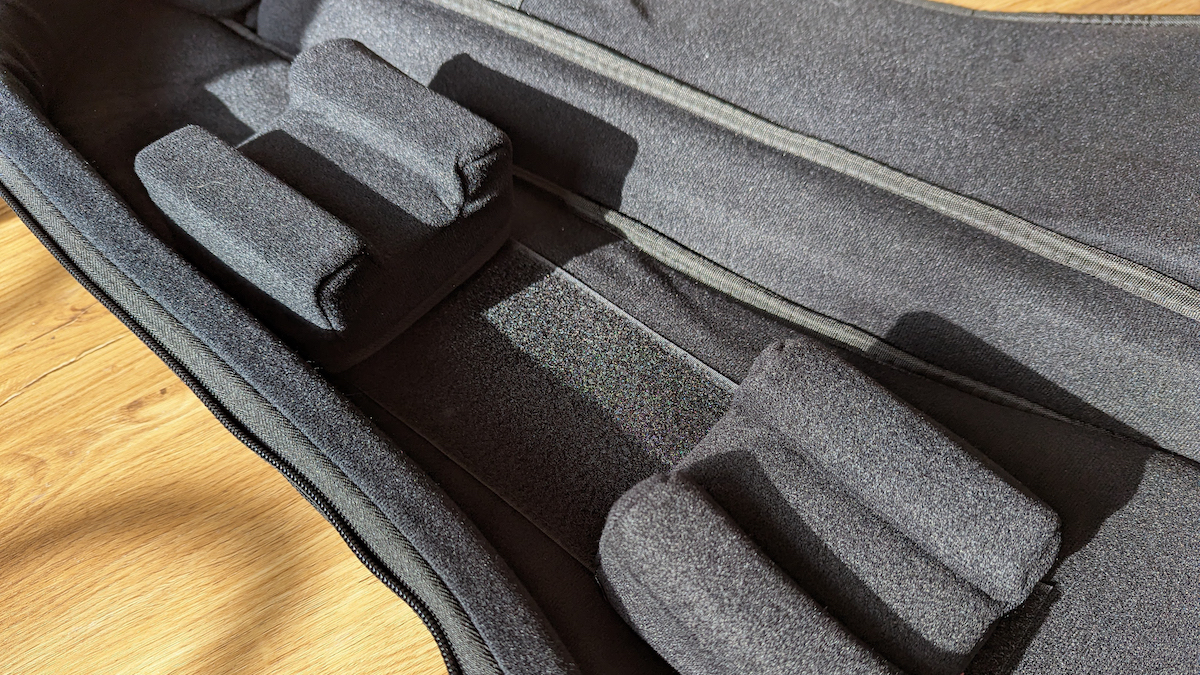

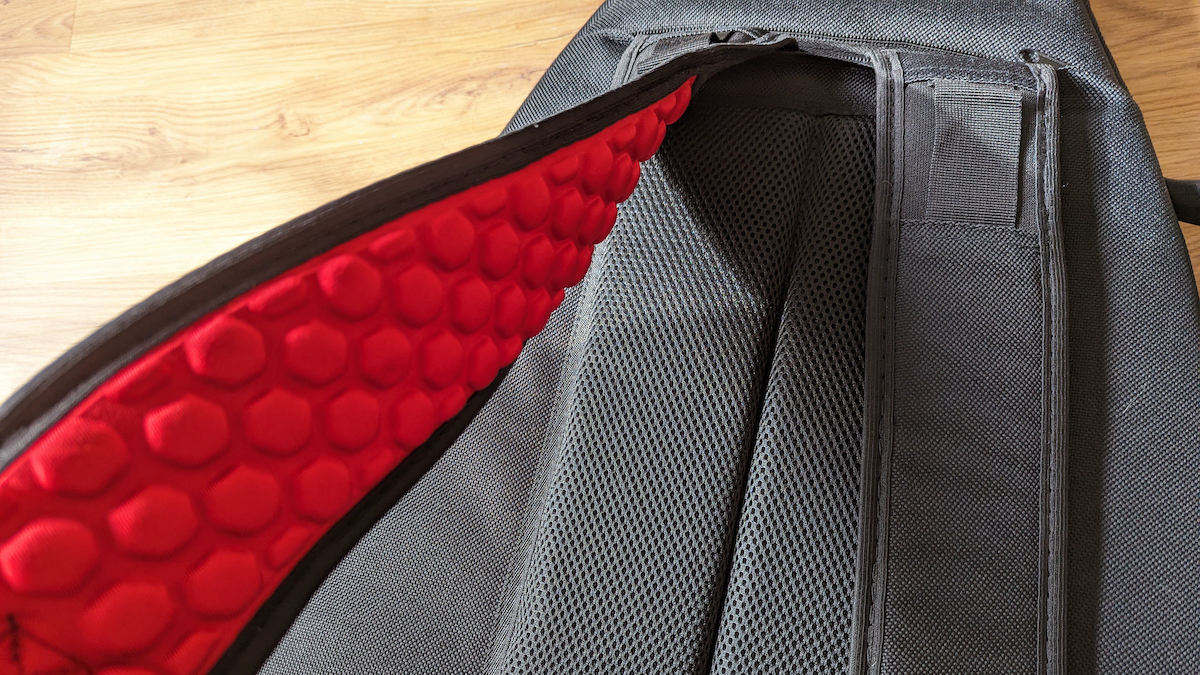
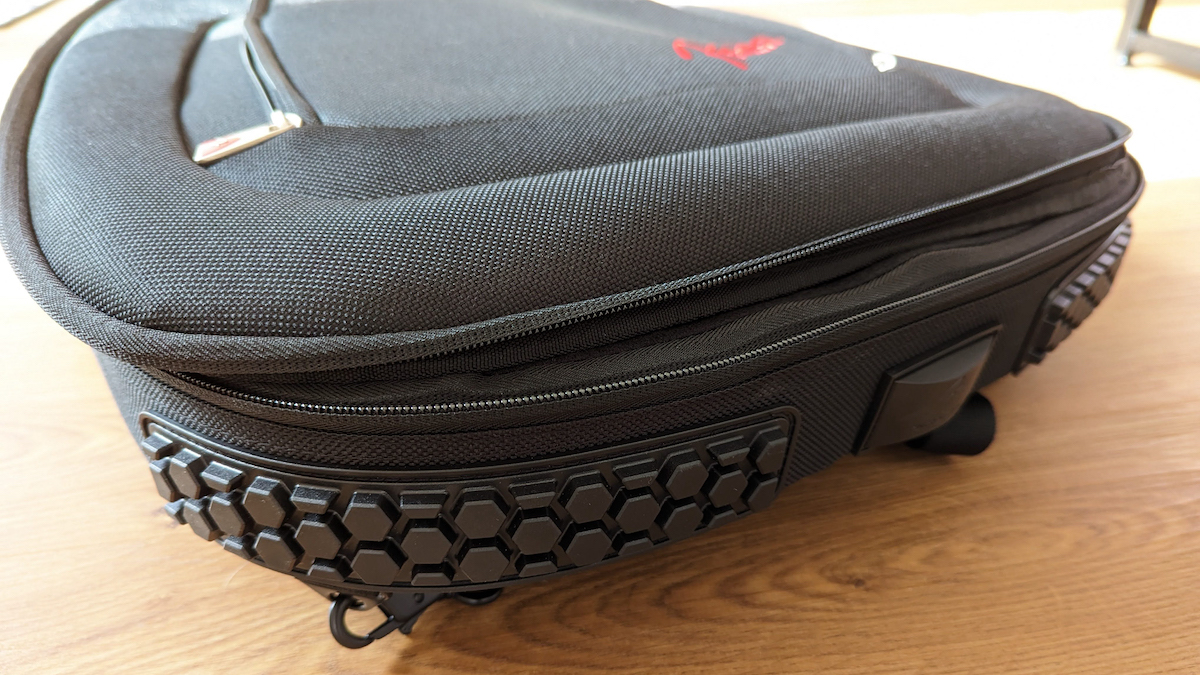
The front of the case features two pockets for storage. The main compartment features some neat elasticated pouches to store picks, strings, pens and a key fob, which I used to attach a spare pair of ear plugs. An additional pocket can be used for smaller items such as compact wireless systems, string wipes or batteries.
While their contoured design looks cool, these pockets are tighter than some other gig bags I’ve owned, and I struggled to get much more than an extension lead and foldable compact guitar stand in there. I also would have preferred having a smaller pocket on the neck part of the case, as filling the main compartment eats into the available space in the front pocket.
I used the FE1225 to transport my Jazzmaster to and from a number of gigs, some local, some several hours’ drive away. It was stacked up with bandmate’s guitars, thrown around backstage rooms, and even faced a particularly torrential bout of rain, all while keeping my instrument safe and cocooned. I can most definitely attest to this case being waterproof.
I can most definitely attest to this case being waterproof
Given the hybrid hard/soft case design, getting a guitar in and out requires lying the case flat on the ground, but the neat Fender-branded zip pulls make this a cinch. I’ve had some gig bags where the zips simply lock up over time, but that hasn’t been the case here so far.
My one real criticism of the design is that the straps are positioned fairly low on the rear of the bag, which means the rest of the guitar protrudes higher than it would with other cases when strapped onto your back. I suddenly found my guitar’s headstock hitting an awful lot of doorways – forcing me to crouch slightly every time I entered a venue – so it’s lucky the headstock bumper is onboard. If Fender updates this case any further, the strap height would be the first thing to change.
While some parts of the FE1225 may be a little overengineered, there’s no questioning the rock-solid protection it affords your guitar, or the efforts Fender has gone to to create a nicely priced case that offers a premium feel for a reasonable price.
In fact, my bandmate was so impressed with the bag after seeing it in person that he immediately went out and bought one for his newly purchased Strat – which is about the best recommendation I can give this well thought-out case.
Specs
- Materials: 1200 Denier polyester, 25mm padding with microfiber lining
- Zipper: Reverse water-resistant zipper
- Other features: Two adjustable protective neck rests; protective exterior bumper, padded ergonomic handle, ID tag holder, shock-absorbing EVA padded backpack straps, front storage pocket with business card window, 2 pockets for extra strings, removable padded tool pouch, 3 elastic pick pockets, 2 elastic pen loops and key fob hook
- Contact: Fender

Mike is Editor-in-Chief of GuitarWorld.com, in addition to being an offset fiend and recovering pedal addict. He has a master's degree in journalism from Cardiff University, and over a decade's experience writing and editing for guitar publications including MusicRadar, Total Guitar and Guitarist, as well as 20 years of recording and live experience in original and function bands. During his career, he has interviewed the likes of John Frusciante, Chris Cornell, Tom Morello, Matt Bellamy, Kirk Hammett, Jerry Cantrell, Joe Satriani, Tom DeLonge, Ed O'Brien, Polyphia, Tosin Abasi, Yvette Young and many more. In his free time, you'll find him making progressive instrumental rock under the nom de plume Maebe.
“An esoteric boutique vibe, superb ergonomics and a powerful, unique preamp – Tobias is back”: Tobias Growler IV review
The heaviest acoustic guitar ever made? Two budding builders craft an acoustic entirely from concrete because they “thought the idea was really funny”
“There’d been three-minute solos, which were just ridiculous – and knackering to play live!” Stoner-doom merchants Sergeant Thunderhoof may have toned down the self-indulgence, but their 10-minute epics still get medieval on your eardrums
